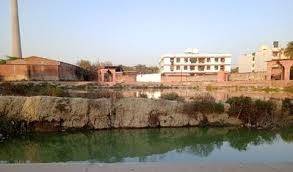The Indian delegation has also been negotiating and deliberating on all the listed issues related to trade and conservation of endangered fauna and flora in the ongoing CoP of CITES…reports Asian Lite News
India’s proposal for induction of the freshwater turtle Batagur kachuga has earned wide support at the 19th Meeting of the Conference of the Parties (CoP 19) to the Convention on International Trade in Endangered Species of Wild Fauna and Flora (CITES) being held at Panama City.
CITES also lauded and recorded the works done by India in the area of conservation of tortoises and freshwater turtles and efforts made in combating wildlife crime and illegal trade of turtles in the country through Operation Turtshield.
The resolution documents submitted by the CITES Secretariat on tortoises and freshwater turtles specifically mentioned the commendable result achieved by the country in operations such as those initiated by the Wildlife Crime Control Bureau namely Operation Turtshield, which resulted in nabbing many criminals involved in poaching and illegal trade of freshwater turtles and substantial seizures made by the agencies in a different part of the country.
At CITES CoP 19, which is also known as the World Wildlife Conference and will conclude on Friday, India reiterated its commitment to conserving tortoises and freshwater turtles in the country.
India also highlighted that many of the species of turtles and freshwater tortoises which are recognized as critically endangered, endangered, vulnerable, or near threatened are already included in Wildlife Protection Act 1972 and given the high degree of protection.
India pressed upon that listing of many such species in CITES Appendix II will further enhance the protection of the species from getting indiscriminately and illegally traded worldwide.
The Indian delegation has also been negotiating and deliberating on all the listed issues related to trade and conservation of endangered fauna and flora in the ongoing CoP of CITES.
At CoP of CITES, 52 proposals have been put forward so far that would affect the regulations on international trade for sharks, reptiles, hippos, songbirds, rhinos, 200 tree species, orchids, elephants, turtles, and more.
ALSO READ-Turtlemint’s growth as a platform empowering insurance advisors




